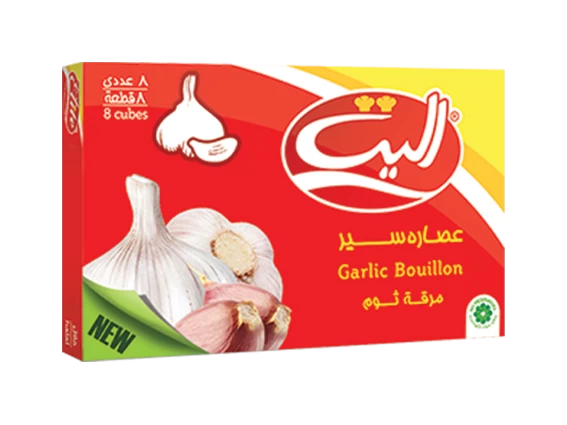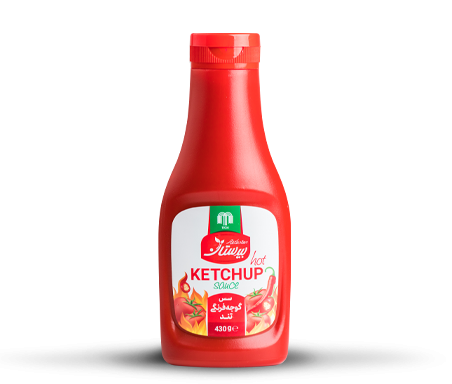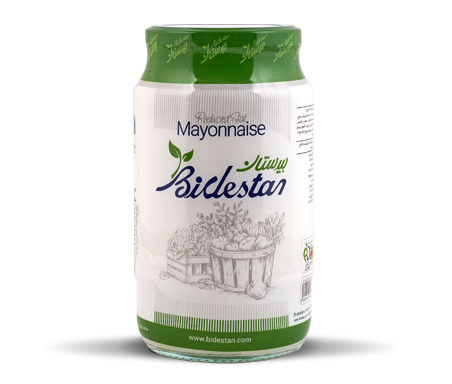Seasonings & Condiments
Seasonings and condiments are essential elements in culinary practices worldwide. They play a crucial role in enhancing the flavors, aromas, and overall appeal of various dishes.
These culinary additives can transform a plain and ordinary meal into a delightful and memorable culinary experience.
Seasonings are ingredients used to enhance the taste of food. They can be derived from various sources, including plants, minerals, and even animals. Common seasonings include salt, pepper, herbs (such as basil, thyme, and rosemary), spices (such as cinnamon, cumin, and paprika), and blends like curry powder or Italian seasoning. Each seasoning brings its unique flavor profile, adding depth and complexity to dishes.
Salt is perhaps the most fundamental and widely used seasoning. It not only enhances the natural flavors of ingredients but also helps balance and bring out other tastes. Salt is derived from both natural and processed sources, such as sea salt and table salt, respectively. Besides its taste-enhancing properties, salt also acts as a preservative, helping to extend the shelf life of certain foods.
Pepper, another ubiquitous seasoning, comes in various forms, including black, white, and red (cayenne) pepper. It adds a pungent and spicy kick to dishes and is often used alongside salt for basic seasoning. Pepper is derived from the dried berries of the Piper nigrum plant and is a staple in cuisines around the world.
Herbs are derived from the leaves of plants and are often used in their fresh or dried form. They add distinctive flavors and aromas to dishes. Basil, for example, infuses a sweet and slightly peppery taste, while thyme adds earthiness and depth. These and many other herbs are used in a variety of cuisines, including Mediterranean, Italian, and French.
Spices, on the other hand, are derived from various parts of plants, such as seeds, bark, roots, or fruits. They are known for their potent flavors and aromas. Cinnamon, for instance, offers a warm and sweet taste, while cumin brings a smoky and earthy flavor. Spices are used in both sweet and savory dishes, and they are a significant component of many cultural cuisines worldwide.
Condiments, on the other hand, are usually sauces, pastes, or spreads that are used to enhance the flavor of a dish or provide a contrasting taste. They are typically served alongside the main dish or used as an ingredient in recipes. Some common condiments include ketchup, mustard, mayonnaise, soy sauce, vinegar, and salsa.

Ketchup, a popular condiment, is made from tomatoes, sugar, vinegar, and various spices. It offers a tangy and slightly sweet taste and is commonly used as a dipping sauce or a topping for burgers, fries, and sandwiches. Mustard, on the other hand, is made from mustard seeds and is known for its sharp and tangy flavor. It is often used in dressings, marinades, and sandwiches.
Mayonnaise is a creamy condiment made from eggs, oil, and vinegar or lemon juice. It adds richness and tanginess to sandwiches, salads, and dips. Soy sauce, a staple in Asian cuisine, is made from fermented soybeans and wheat. It offers a savory and salty taste and is used as a seasoning or dipping sauce.
Vinegar, derived from fermented fruits or grains, provides a sour and acidic taste. It is used in dressings, marinades, pickling, and various culinary preparations. Salsa, a popular condiment in Mexican cuisine, is a combination of tomatoes, onions, chili peppers, herbs, and spices. It adds freshness, heat, and a burst of flavors to dishes.
In conclusion, seasonings and condiments are integral components of culinary arts. They elevate the taste, aroma, and visual appeal of dishes, making them more enjoyable and satisfying. From basic salt and pepper to complex spice blends and flavorful condiments, these culinary additives enhance our culinary experiences and allow for endless creative possibilities in the kitchen.
Seasonings and condiments are used in a wide variety of foods to enhance their flavors.
Here are some examples of foods where seasonings and condiments are commonly used:
1. Meats: Seasonings and condiments are often used to enhance the flavors of meats. For example, salt and pepper are commonly used to season steaks, chicken, and pork. Spices like paprika, cumin, and chili powder are used in marinades and rubs for barbecue or grilled meats. Worcestershire sauce, soy sauce, and teriyaki sauce are also popular choices for adding flavor to meat dishes.
2. Vegetables: Seasonings and condiments can bring out the natural flavors of vegetables. Herbs like basil, oregano, and thyme are commonly used to season roasted or sautéed vegetables. Garlic and onion powder, as well as spices like cayenne pepper and turmeric, can add depth and complexity to vegetable dishes. Lemon juice, balsamic vinegar, and olive oil are often used as dressings or marinades for salads and roasted vegetables.
3. Pasta and Rice: Seasonings and condiments are used to flavor pasta and rice dishes. Tomato-based sauces, such as marinara or arrabbiata, are popular choices for pasta. Herbs like parsley and basil, as well as grated Parmesan cheese, can be used to enhance the flavors. In rice dishes, spices like saffron, cumin, and turmeric are commonly used. Soy sauce and sesame oil are also used in Asian-inspired rice dishes.
4. Soups and Stews: Seasonings and condiments are essential for adding flavor to soups and stews. Common seasonings include salt, pepper, bay leaves, and thyme. Stock or broth, such as chicken or vegetable, can add depth to the flavor profile. Condiments like hot sauce, Worcestershire sauce, and soy sauce can be added to enhance the taste.
5. Sandwiches and Burgers: Condiments are often used to add flavor and moisture to sandwiches and burgers. Mustard, ketchup, mayonnaise, and barbecue sauce are popular choices. Pickles, relish, and hot peppers can also be used to add a tangy or spicy kick.
6. Salads: Dressings and vinaigrettes are common condiments used in salads. Olive oil, balsamic vinegar, lemon juice, and various herbs and spices are combined to create flavorful dressings. Other condiments like crumbled cheese, olives, and pickled vegetables can be added to enhance the taste of salads.

These are just a few examples, and the use of seasonings and condiments can vary depending on regional cuisines and personal preferences. The wide range of seasonings and condiments available allows for endless possibilities in creating delicious and flavorful dishes.


FAQs
What are some common seasonings and condiments used to enhance the flavors of meats and vegetables?
Common seasonings for meats and vegetables include salt, pepper, herbs (such as basil, thyme, and rosemary), and spices (such as paprika, cumin, and chili powder).
How do seasonings and condiments contribute to the taste profiles of pasta and rice dishes?
Seasonings and condiments add depth and complexity to pasta and rice dishes through the use of herbs (such as basil and oregano), spices (like saffron and cumin), and flavorful sauces or dressings (such as marinara sauce or vinaigrettes).
Which condiments are commonly used to add flavor and moisture to sandwiches and burgers?
Common condiments used to add flavor and moisture to sandwiches and burgers include mustard, ketchup, mayonnaise, and barbecue sauce.
How do seasonings and condiments play a role in creating flavorful soups and stews?
Seasonings and condiments add depth and enhance the flavor profiles of soups and stews through ingredients like salt, pepper, herbs (such as thyme and bay leaves), and condiments like Worcestershire sauce or soy sauce.
 +7929688-88-14
+7929688-88-14

 English
English
 Persian
Persian
 Russian
Russian
 Chinese
Chinese


 +7929688-88-14
+7929688-88-14







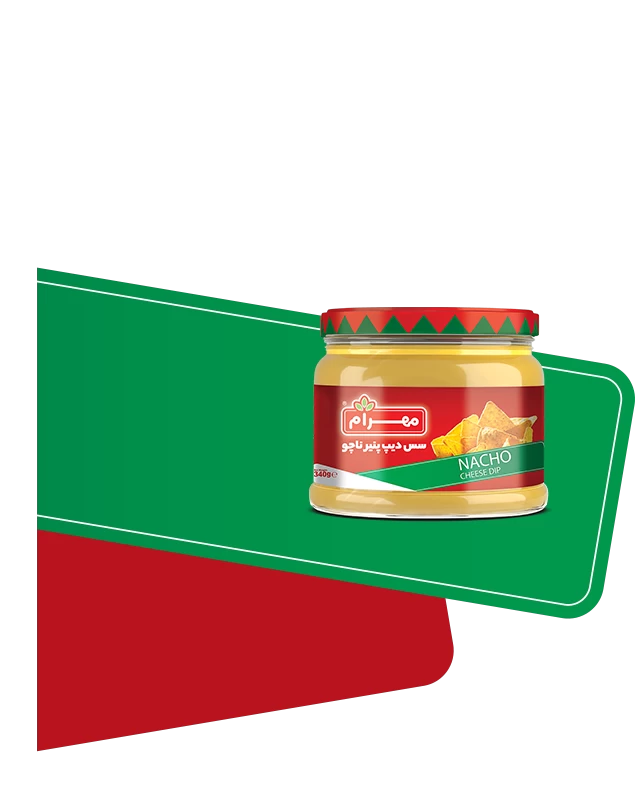



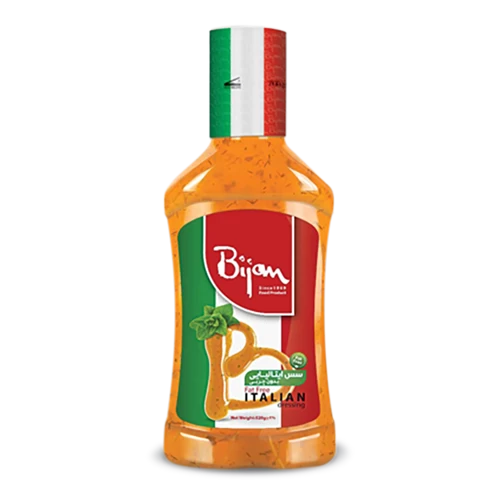

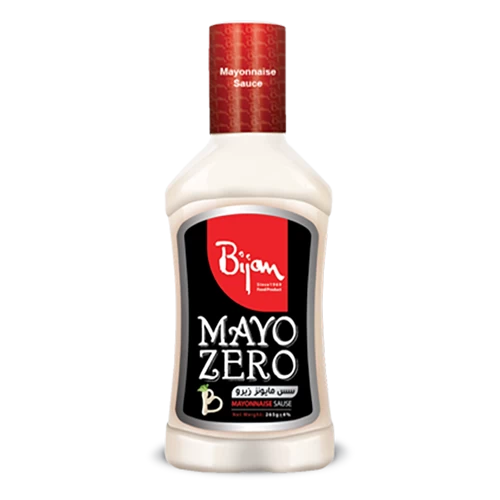

.webp)
